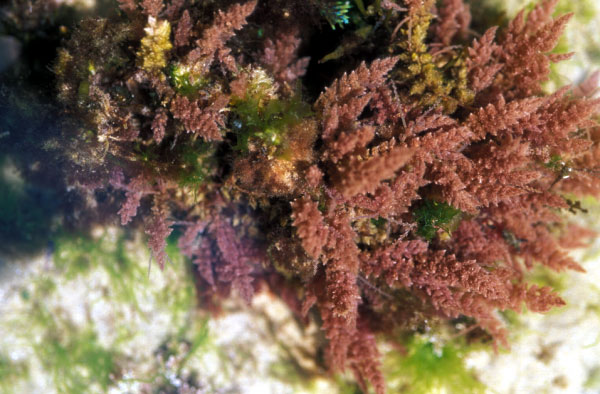Falkenbergia rufolanosa Harvey
Pale purplish-red, quickly degenerating when removed from the water and becoming distinctly orange; fronds bushy, with a cylindrical axis to1 mm wide and 200 mm long. Both phases readily reproduce vegetatively. Photographs by M.D. Guiry

Literature Review for Seaweed Harvest Value Chain
Today, mariculture is one of the fastest growing food production sectors, with an annual growth rate of 4-11%. This rapid growth is likely due in part to the large area of “usable land” in the ocean and the high protein food that can be produced and harvested, one of which is seaweed. (Troell, 1999; CBD, 2013). In addition, seaweed is not only a source of food, but has properties that make it an option for utilization in pharmaceuticals, biofuels, and other applications. A unique advantage of this type of systems is that growing seaweed consumes excess nutrients and CO2, two compounds believed to have ecologically dangerous impacts (Troell, 1999). With these benefits to the marine agronomy, it is not hard to see why scientists and engineers are interested farther developing this unique industry.


